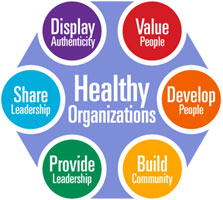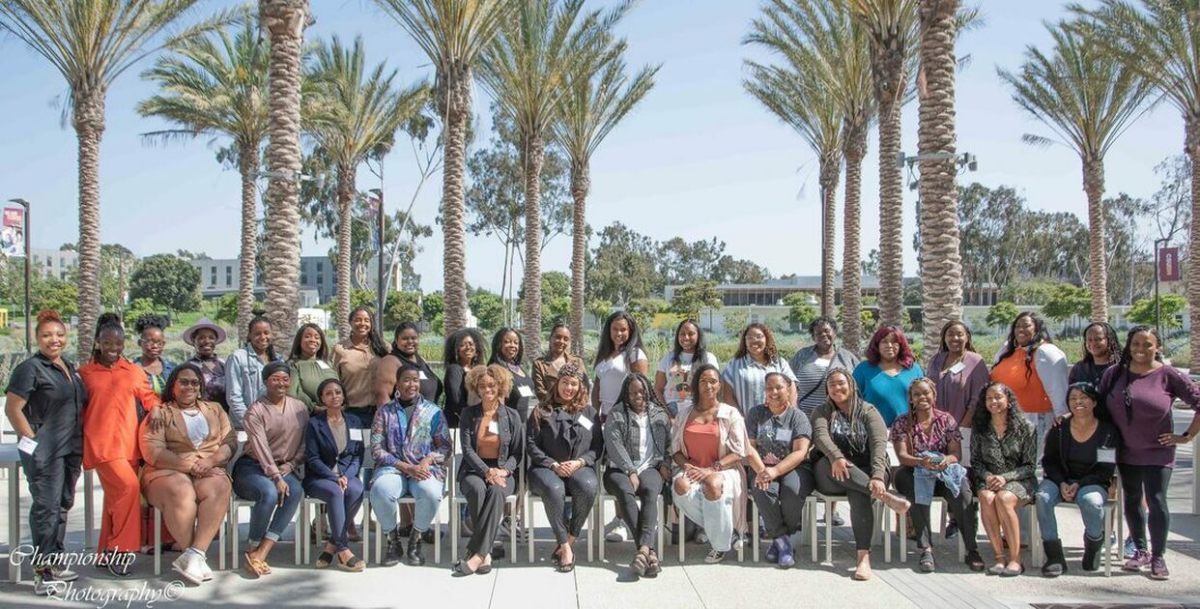Leaders as Servants - Theoretical and Conceptual Models of Servant Leadership
Robert K. Greenleaf

In the 1970s, James McGregor Burns and Robert Greenleaf called for ethical follower-centered leadership styles. Burns posited Transformational Leadership while Greenleaf in a series of essays suggested the Servant as Leader or Servant Leadership. Since the mid-1990s and even more so after the corporate ethical failures perpetrated by Enron, Adelphia, WorldCom and others, more organizational leadership scholars called for more ethical and positive forms of leadership. Some took up the mantle of Greenleaf's servant leadership model and configured their own models by which to operationalize servant leadership for the 21st century corporation and even small business leadership. This hub highlights some of the theoretical and conceptual models suggested by those scholars.
Dr. Larry Spears

Larry Spears, Translator of Greenleaf's Essays
Dr. Larry Spears was former director of the Robert K. Greenleaf Center of Servant Leadership and is now director of his own center for the same cause. He was first to sugest a model of servant leadership drawn from Dr. Greenleaf's essays. While not meant to be exhaustive, Spears gleaned Greenleaf's writings and found the following 10 components which seemed central to Greenleaf's conceptual framework for a servant leader. Those 10 components or characteristics include:
1. Listening: silencing the inner voice to listen to what is and is not said as well as the regular use of reflection
2. Empathy: striving to understand and empathize with others
3. Healing: learning to heal the self and others to aid in transformation and integration
4. Awareness: general and self-awareness that aids in understanding of issues involving ethics and values
5. Persuasion: relying on persuasion rather than positional authority in making decisions; thus, effective as a consensus builder within groups
6. Conceptualization: looking at a problem and thinking beyond day-to-day realities; thus, able to stretch to encompass broader-based conceptual thinking
7. Foresight: foreseeing the likely outcome of a situation, to understand lessons from the past, the realities of the present, and the likely consequences of a decision for the future as rooted in the intuitive mind
8. Stewardship: holding something in trust for the greater good; leading to a commitment to serving the needs of others
9. Commitment to the growth of people: committed to the personal, professional, and spiritual growth of every individual in the organization.
10. Building community: seeking to identify a means for building community among those who work in the organization. (Beck, p. 8, 2010; Waddell, 2009; McCuddy & Cavin, 2008;).
Dr. James Laub


Laub's Six-Factor Model of Servant Leadership
Dr. Jim Laub (1969) developed a six-factor model of servant leadership and a corresponding assessment, the Organizational Leadership Assessment (OLA). On his website, Laub's sets forth his six components or characteristics of servant leadership and each ones corresponding subcomponents. They include:
1. Display Authenticity
Operationalized as…
· Open & accountable
· Willing to learn
· Honesty & integrity
2. Value People
Operationalized as…
· Serves others first
· Believe & trust in people
· Listen receptively
3. Develop People
Operationalized as…
· Provide for learning
· Model appropriate behavior
· Build through affirmation
4. Build Community
Operationalized as…
· Build relationships
· Work collaboratively
· Value differences
5. Provide Leadership
Operationalized as…
· Envision the future
· Take initiative
· Clarify goals
6. Share Leadership
Operationalized as…
· Share the vision
· Share the power
· Share the status

Wong and Page 8-Factor Model
Dr. Paul T. P. Wong and Don Page of Trinity Western University proposed an eight-factor theoretical model of servant leadership. Their model includes the following:
- Developing and Empowering - (a) always scanning the internal environment for hidden talents in workers and (b) continuously sharing appreciation while recognizing and encouraging the work of others.
- Vulnerability and Humility - resists the need (a) to keep all subordinates under control and (b) to be seen as superior to subordinates in everything.
- Visionary Leadership - able to (a) inspire others with my enthusiasm and confidence in what can be accomplish and (b) present a vision that is readily and enthusiastically embraced by others.
- Servanthood - willing to (a) maintain a servant’s heart, even though some people may take advantage of my servant leadership style and (b) make personal sacrifices in serving others.
- Responsible Leadership – (a) absorbs the blame when subordinates fail and gives the credit to subordinates when things go well and (b) remains aware and maintains a good understanding of what is happening inside the organization
- Integrity (Honesty) – (a) always keep promises and commitments to others and (b) wants to build trust through honesty and empathy.
- Integrity (Authenticity) – (a) practices what he/she preaches and (b) is consistent with convictions.
- Courageous Leadership - (a) after widely consulting with others and carefully considering all the options, does not hesitate in making difficult decisions and (b)displays the moral courage to do the right thing, even when it hurts him or her politically.
Dr. Kathleen Patterson

Patterson's Servant Leadership Model
Dr. Kathleen Patterson is a professor at Regent University's School of Global Leadership and Entrepreneurship. During her doctoral studies she proposed a theoretical model of servant leadership that she saw as an extension of Burns' tranformational leadership model. Patterson's conceptual model includes seven components or characteristics. Through her conceptualization, Patterson described a servant leader as one who:
1. Demonstrates agapao love;
2. Acts with humility;
3. Is altruistic;
4. Is visionary for the follower;
5. Is trusting;
6. Empowers followers;
7. And, is serving. (Dennis & Bocarnea; Waddell).
Dr. John E. Barbuto

Barbuto and Wheeler's 5 Factor Model
In 2002, John E. Barbuto and Wheeler suggested an 11 factor model of servant leadership which incuded the 10 items Spears gleaned from Greenleaf but added one more "calling". However, they did not study their model empirically. So in 2006, Barbuto and Wheeler conducted an empirical study of the 11 factors which reduced the 11 to five. As a result, Barbuto and Wheeler's theoretical model of servant leadership includes:
- Altruistic calling by which servant leaders display a deep desire to meet the needs of subordinate-followers.
- Emotional healing by which servant leaders promote spiritual well-being in followers through empathetic listening.
- Wisdom by which servant leaders demonstrate a keen awareness of the relevant surroundings and anticipate the consequences of their actions and the actions of followers.
- Persuasive mapping by which servant leaders guide their followers to envision and embrace a vision for a better today and tomorrow.
- Organizational stewardship by which servant leaders promote community within their organizations and guide their organizations to engage in activities for the betterment of society at large.
Liden et al.'s 7 Dimensions of Servant Leadership
Robert C. Liden, Sandy J. Wayne, Hao Zhao, and David Henderson (2008) also developed a model of servant leadership. Through a literature review of scholarly papers and taxonomies of servant leadership this team of researchers identified nine possible dimensions related to servant leadership. Through a factor analysis and a subsequent confirmatory factor analysis, Liden and company boiled the nine to seven dimensions. Thus, Liden et al.'s conceptualization of servant leadership includes:
- Conceptual skills - defined as possessing the knowledge of the organization and taks at hand so as to be in a position to effectively support and assist followers.
- Empowering - defined as encouraging and facilitating followers in the process of identifying and solving problems as well as when and how to complete tasks.
- Helping subordinates grow and succeed - defined as showing authentic concern for the growth and advancement of followers.
- Putting subordinates first
- Behaving ethically
- Emotional healing - defined as sensitivity to the personal concerns of others.
- Creating value for the community







